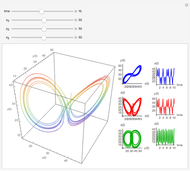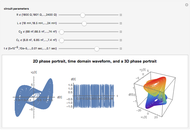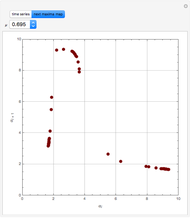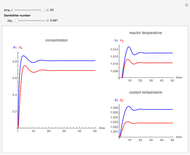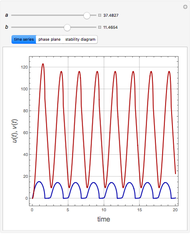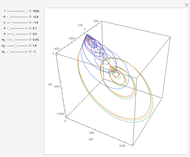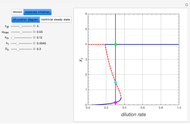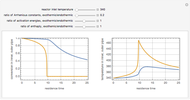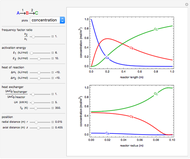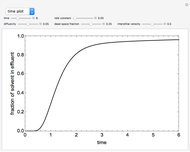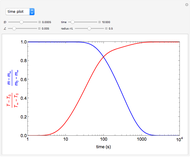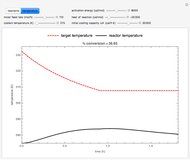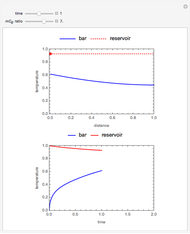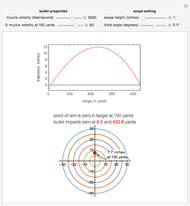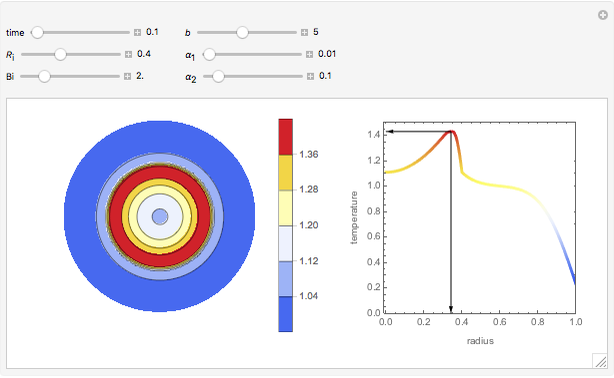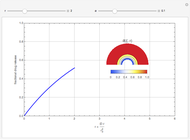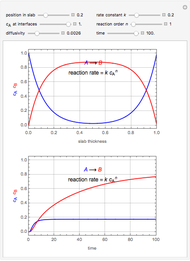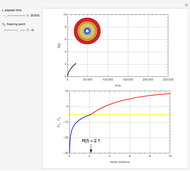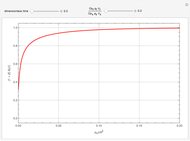A Chaotic Chemical Reaction Scheme Derived from Chua's Circuit Equations

Requires a Wolfram Notebook System
Interact on desktop, mobile and cloud with the free Wolfram Player or other Wolfram Language products.
This Demonstration plots the solution of Chua's equations describing a chemical reaction scheme analogous to Chua's electrical circuit. Chua's circuit is the simplest electronic circuit that exhibits classic chaotic behavior [1].
[more]
Contributed by: Clay Gruesbeck (April 2013)
Open content licensed under CC BY-NC-SA
Snapshots
Details
References
[1] A. Huang, L. Pivka, C. W. Wu, and M. Franz, "Chua's Equation with Cubic Nonlinearity," International Journal of Bifurcation and Chaos, 6(12), 1996 pp. 2175–2222. doi:10.1142/S0218127496001454.
[2] Q. S. Li and W. Xu, "A Chemical Model for Chua's Equation," International Journal of Bifurcation and Chaos, 12(4), 2002 pp. 877–882. doi:10.1142/S0218127402004760.
Permanent Citation
































